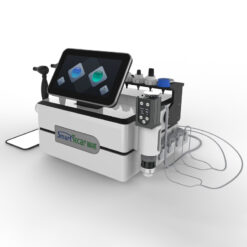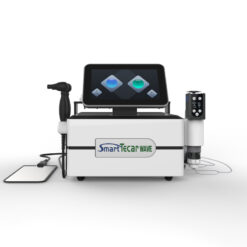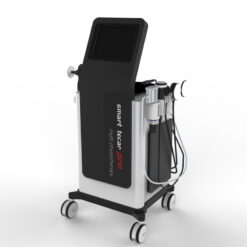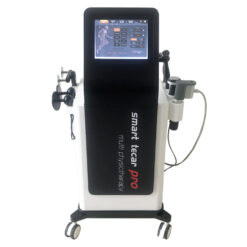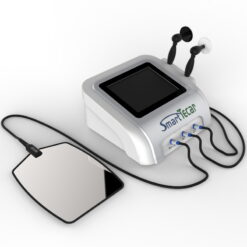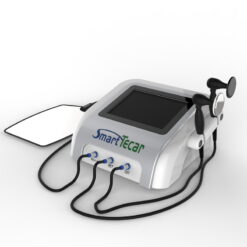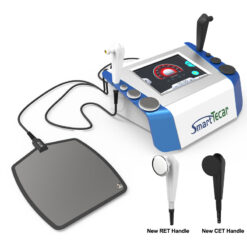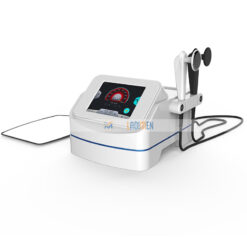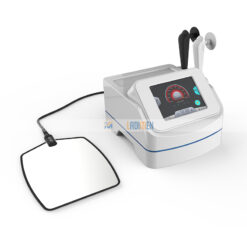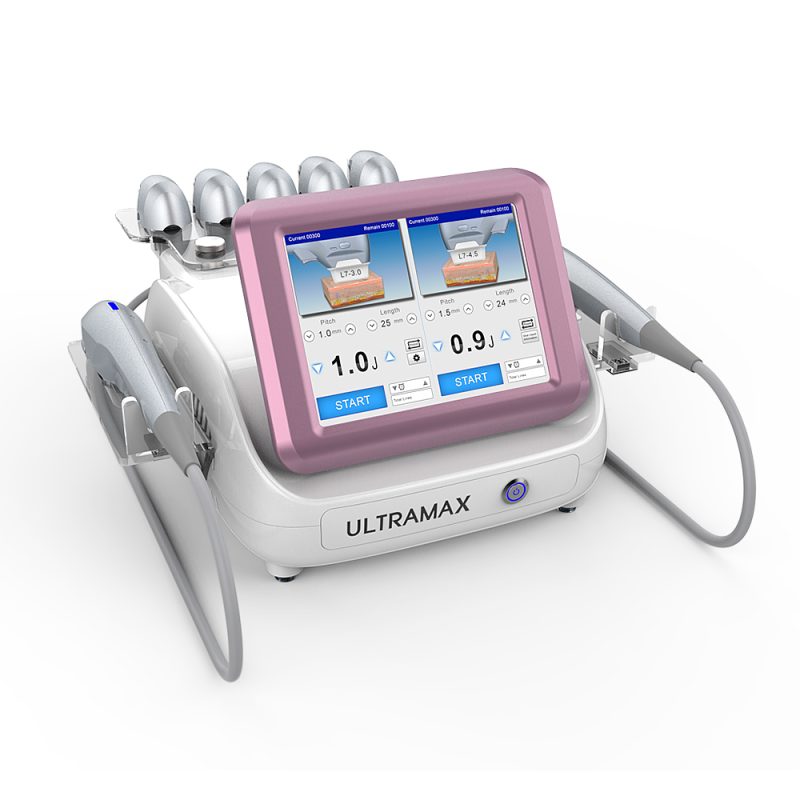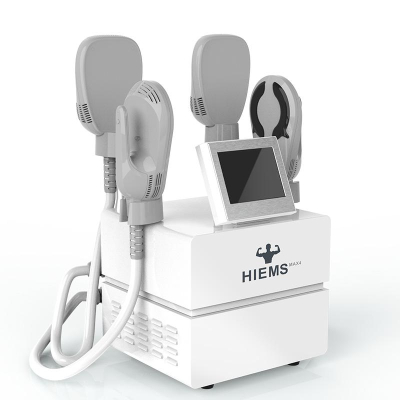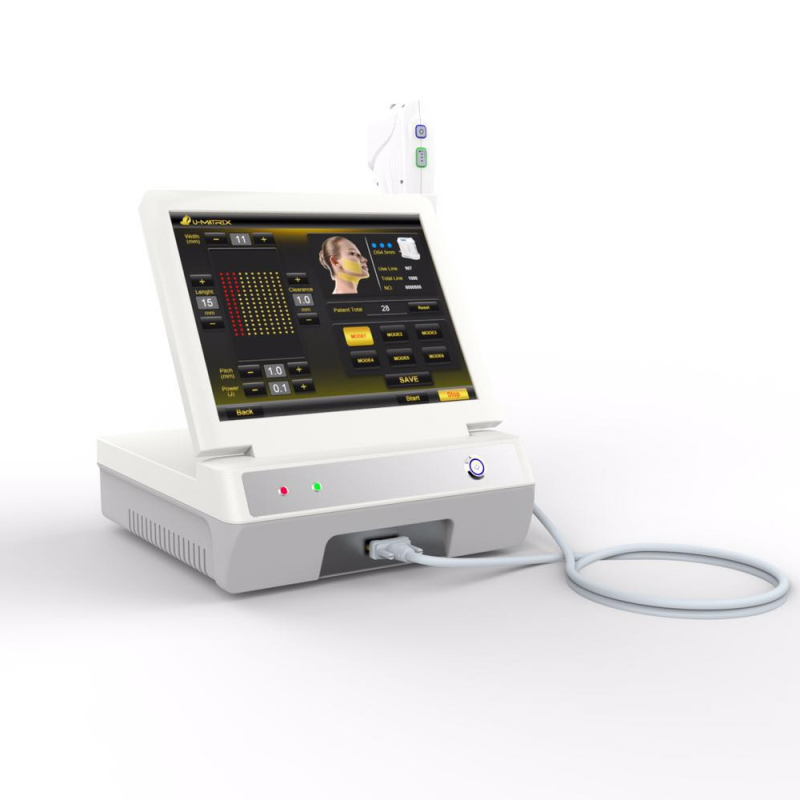
TECAR therapy, short for “Transcutaneous Electrical Capacitive and Resistive” therapy, is a type of physical therapy or rehabilitation technique used for pain management and tissue healing. It is a non-invasive treatment that utilizes the principles of electrical conductivity and resistivity to stimulate various physiological processes in the body.
Here’s how TECAR therapy generally works:
- Electrodes: Specialized electrodes are applied to the patient’s skin in the area of concern or pain.
- Energy Transfer: TECAR therapy utilizes radiofrequency (RF) energy to generate heat within the body’s tissues. This RF energy is emitted from the electrodes and penetrates into the body.
- Capacitive and Resistive Modes: TECAR therapy can operate in two modes:
- Capacitive Mode: In this mode, the energy primarily affects tissues with higher water content, such as muscles and superficial tissues. It helps improve blood circulation, reduce muscle tension, and promote tissue relaxation.
- Resistive Mode: In this mode, the energy targets tissues with lower water content, such as tendons and ligaments. It can help with tissue repair, reduce inflammation, and promote healing.
- Biological Effects: TECAR therapy is believed to have several beneficial effects on the body, including:
- Increasing blood flow to the treated area.
- Enhancing oxygen and nutrient delivery to tissues.
- Promoting the removal of metabolic waste products.
- Reducing pain and inflammation.
- Accelerating tissue repair and healing.
- Treatment Duration: The duration and frequency of TECAR therapy sessions can vary depending on the patient’s condition and the therapist’s recommendations. Typically, multiple sessions are needed for maximum benefit.
TECAR therapy is often used in the treatment of various musculoskeletal conditions, sports injuries, and chronic pain conditions. It is considered a safe and non-invasive option for managing pain and promoting tissue healing.
Related Products







